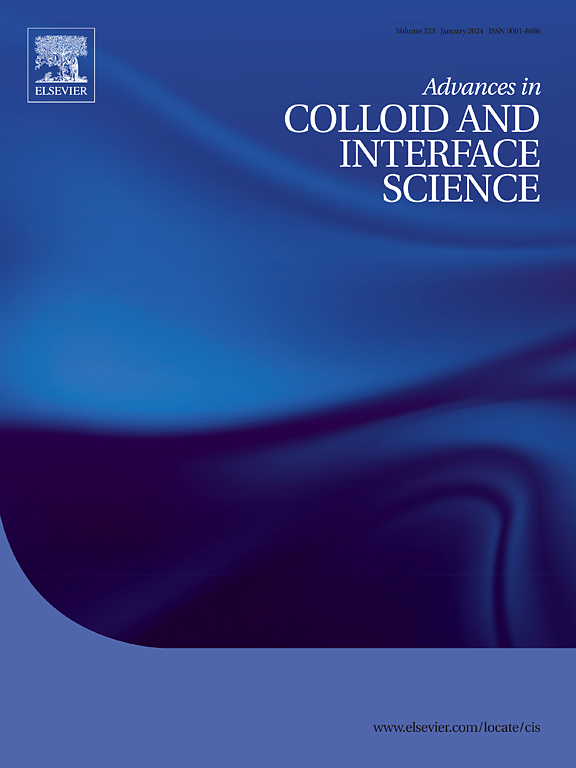Motion control of chemically powered colloidal motors
IF 15.9
1区 化学
Q1 CHEMISTRY, PHYSICAL
引用次数: 0
Abstract
Chemically powered colloidal motors can convert chemical energy into directional mechanical movement, making them promising for applications such as targeted drug delivery, environmental decontamination, and precision disease treatment. However, their self-propulsion is constantly disrupted by random Brownian motion, making precise control under low Reynolds number conditions highly challenging. This review provides a brief overview of the three main propulsion mechanisms of chemically powered colloidal motors. It also summarizes recent advances in motion control, including speed regulation and trajectory navigation. Finally, we discuss future directions for achieving more precise motion control. We hope this review will inspire further research on developing more effective and practical control strategies for colloidal motors.

求助全文
约1分钟内获得全文
求助全文
来源期刊
CiteScore
28.50
自引率
2.60%
发文量
175
审稿时长
31 days
期刊介绍:
"Advances in Colloid and Interface Science" is an international journal that focuses on experimental and theoretical developments in interfacial and colloidal phenomena. The journal covers a wide range of disciplines including biology, chemistry, physics, and technology.
The journal accepts review articles on any topic within the scope of colloid and interface science. These articles should provide an in-depth analysis of the subject matter, offering a critical review of the current state of the field. The author's informed opinion on the topic should also be included. The manuscript should compare and contrast ideas found in the reviewed literature and address the limitations of these ideas.
Typically, the articles published in this journal are written by recognized experts in the field.

 求助内容:
求助内容: 应助结果提醒方式:
应助结果提醒方式:


